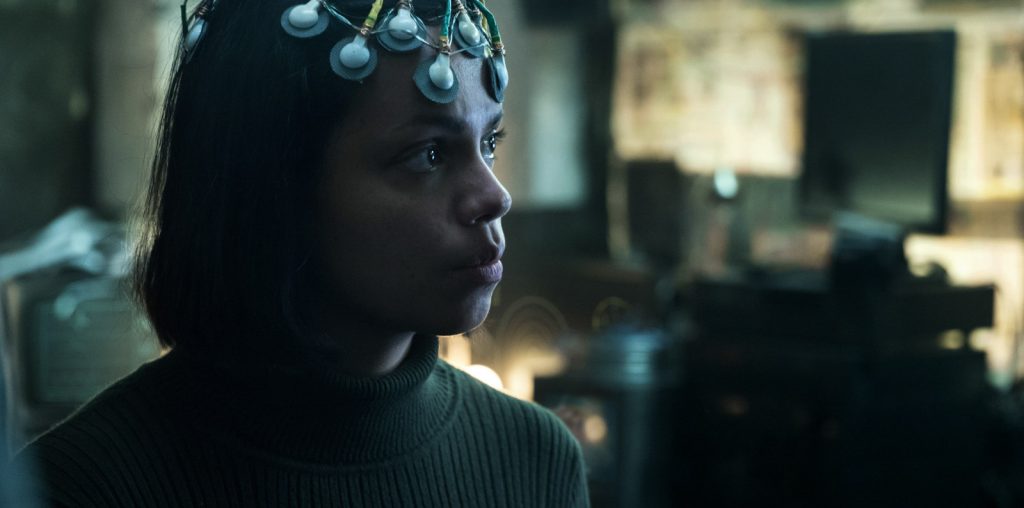
Scenes From An Italian Paint Store
“Saturday Night Fever’s” status as a classic of American cinema remains inexplicable to me. This was the late critic Gene Siskel’s favorite movie, which makes one rethink all the credibility once given to the expression “two thumbs up.” Perhaps I’m being too hard on the guy, but even getting past the novelty value of the Bee Gees music and John Travolta’s hilarious posturing, “Fever” simply isn’t that good a film.
In this prequel to “Staying Alive,” Travolta plays Tony Manero, a 19-year old paint store employee who still lives at home and spends his weekends disco dancing at a club with his friends. There’s a universal theme for you: replace “disco dancing” with “video games” or “watching football” and you could describe most of my friends. “Fever” has also endured thanks to the kitsch value of the soundtrack and characters’ outfits (how witty we are these days to snicker at the wide lapels, gold chains, and Donna Pescow). Meanwhile, somewhere buried in all of Tony’s whining and Fran Drescher’s inauspicious big screen debut is the fairly common story of a guy yearning for a better life. That he happens to be Italian-American seems to have caused many reviewers to place “Saturday Night Fever” in the same category as superior efforts like “Mean Streets.” Thanks, but no.
The most believable thing about the “escape” theme is that Tony’s pals are exactly the kind of people you don’t want to end up hanging out with for the rest of your life. His friend Bobby C. (Barry Miller) solves part of that problem by taking a header off the Verrazano Narrows, but it turns out he was suicidal because Tony didn’t call him back. What kind of supposed “buddy” gives you a guilt trip for not calling? Joey and “Double J,” on the other hand, gang rape Annette (Pescow), the girl so sadly in love with Tony, in the back of a car. Tony sits in the front seat, visibly bored, while this is taking place. Nice. At least it helps explain Tony’s own attempted assault on wannabe Manhattanite Stephanie later in the film. She forgives him in the end though (to the strains of “How Deep is Your Love,” no less), so it’s all good.
So let’s recap: Tony’s a scumbag (but he has Big Dreams, so cut him some slack), his friends (the ones who are still alive, anyway) are scumbags, he throws away Annette, whose only crime (as she puts it) is liking him, for the less attractive and overtly status seeking Stephanie. I’m leaving out the family subplot, I know, but only because director John Badham himself drops the whole thing about halfway through the film. Look, there’s Tony’ brother Frank. He’s a priest. Wait, he says he doesn’t want to be a priest anymore. Now he’s leaving. Never mind that, here’s some more dancing.
Oh right, the dancing. Travolta had the moves, to be sure, which is what most people tend to recall about “Saturday Night Fever.” Many people seem to think this is a shame, and that audiences would be better served remembering the movie’s themes of isolation and longing. To them I say, wasn’t that white suit the bomb?
The story continues in part three of FOOTAGE FETISHES: ROBERT STIGWOOD’S TRILOGY OF TERROR>>>
